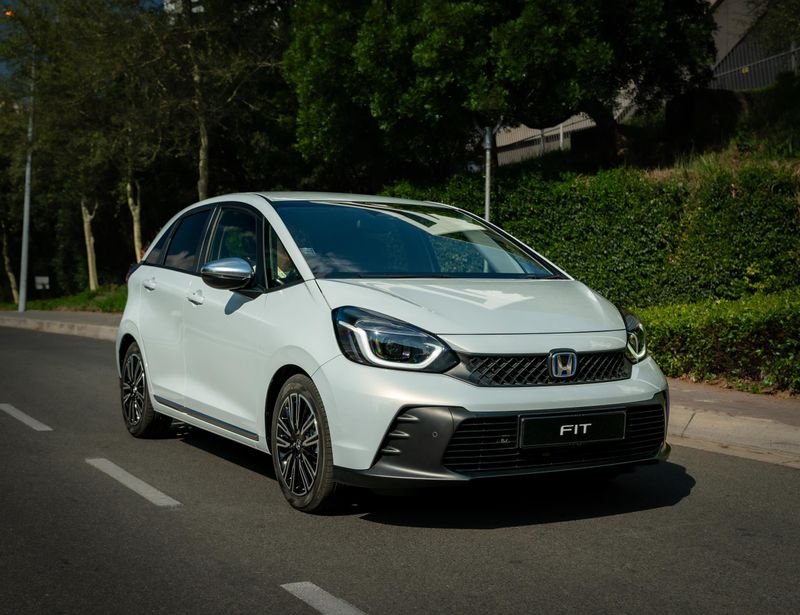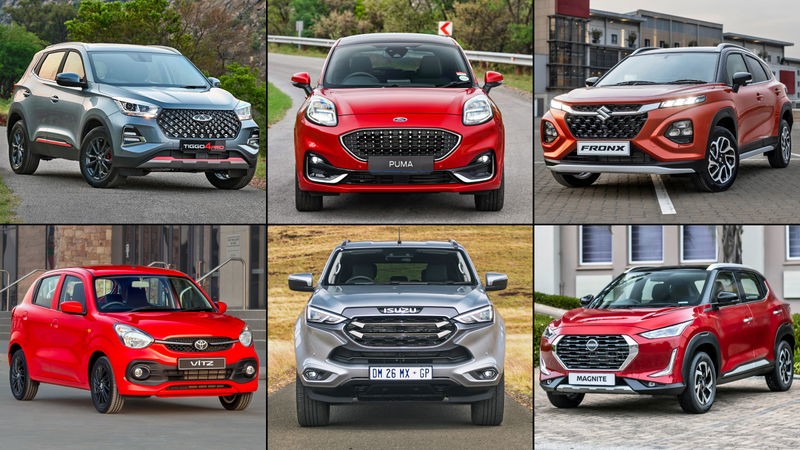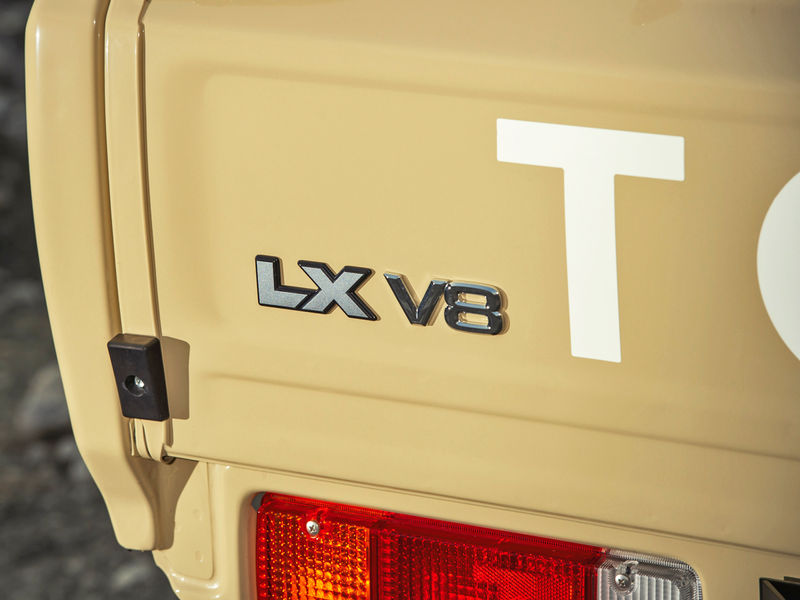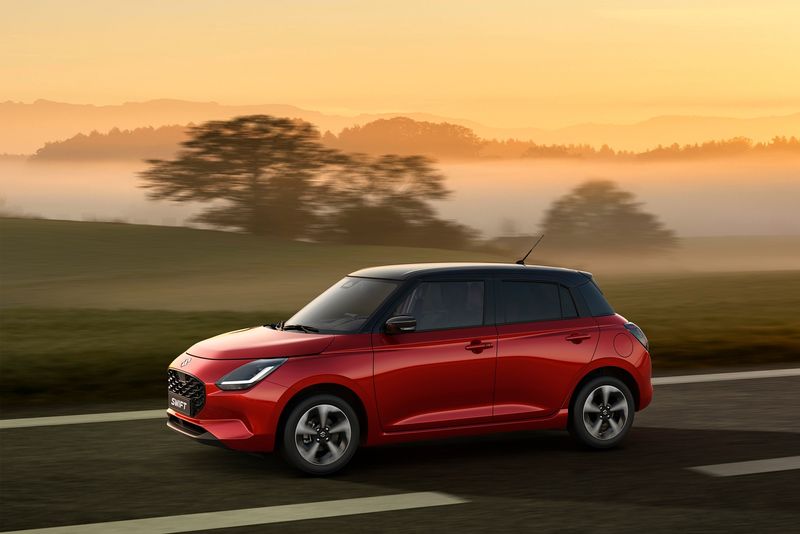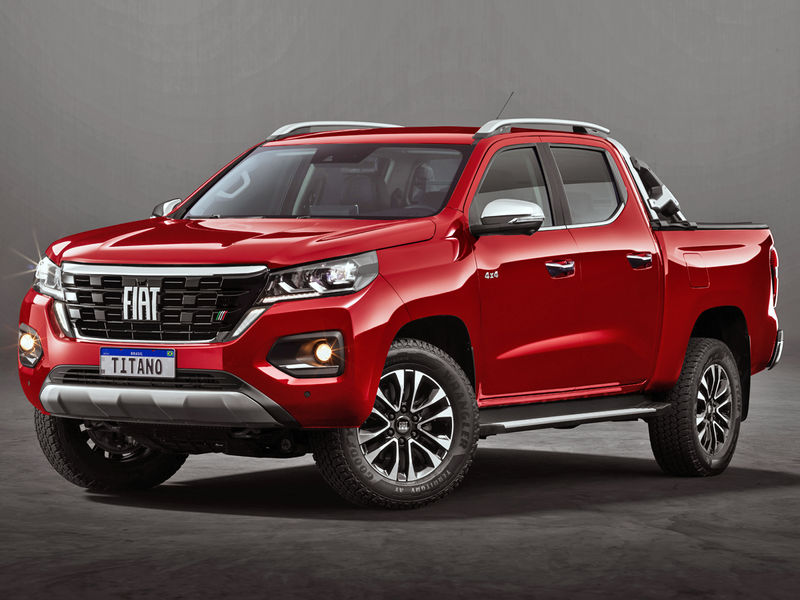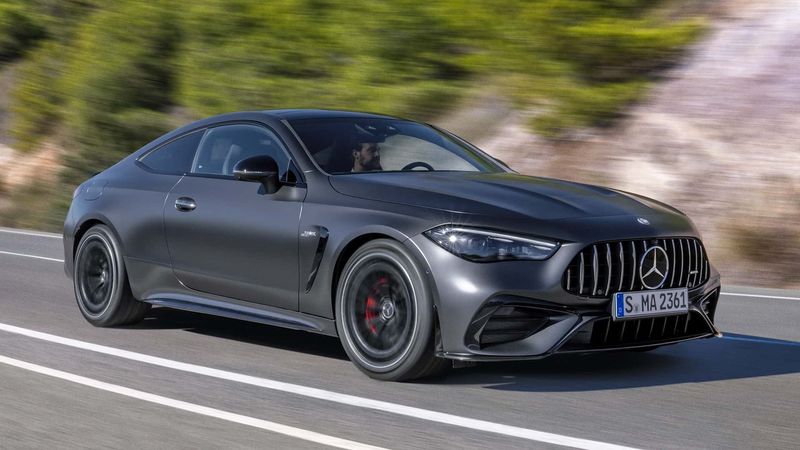




















The Matra Rancho – an obscure French concoction from the late '70s – was possibly a precursor to today's crossover craze. Back then, it was unthinkable that someone would launcha car that looked ready to take on anything under the sun… whenit was obviously beyond its capabilities. And despite its blatant disguise as an off-roader, ardent lovers of left-field cars still go a bit weak at the knees when talking about the Rancho…
Why? Because these new crossovers don’t mean any harm; they just want to provide you with an SUV-like driving position, a good stance, and the ability to drive over bad roads — even if they have neither the power nor the grip to drive through slush. The Indian-made Kia Sonet is the newest of the ilkand it’s destined for dozens of markets, including Mzansi. It is also based on the same platform as the Hyundai Venue, so if you’re seeking an alternative to that, but don’t want to move too far from the formula of Hyundai's popular compactcrossover, the Sonet deserves a closerlook.

From side-on, the Sonet looks quite stubby.
Kia India showcased the Sonet as a concept earlier this year, and since thenthe brand's compact family car's been a hot topic. The production version stayed close to the concept in terms of design and dimensions, which has worked exceptionally well in its favour. It’s not too different from the Venue in the way it sits — with a slightly stubby/upright stance. But, as a brand, Kia emphasises more on design, and the Sonet’s no different.
As is the case with theSeltos, Kia has given its newcomer aconventional headlamp placementand the "Tiger Nose"grille is substantial, but doesn’t overshadow the other frontal elements. The GT Line,with its red accents and slightly different bumpers,is evidently the more sporting trim grade (the other is called Tech Line).From the side, the Sonet looks like a typical compact crossover — upright stance, squared wheel arches, roof rails, etc. What will certainly get everyone’s attention is Kia’s design treatment of the C-pillar:by including a three-quarter glass, Kia has essentially moved the C-pillar backwards to give the Soneta very unique look. Think the 911 Targa’s rollover hoop but skewed more towards the back.
The Sonet has abalanced design, so while it might not be stunningly attractive, it looks smart. At the rear, depending on the trim, the lower half of the bumper varies (black with GT Line,silver on Tech Line). The tail lamps are also LED units and the LED strip mimics the shape of the DRLs inside the headlamps, which is a nice touch. The rear windscreen is flanked by black inserts, which make it appear like a wraparound pane(but it isn’t). And although the rear bumper is shaped to have a faux exhaust, it doesn't look like Kia was trying too hard with the design. A solid contender for the design of the year in the category? Probably, but if you want a more standout approach to design, the Venue might just be the better choice.

Unusual air vents are the distinctive design feature in the Sonet's well-appointed cabin.
Kia knows that anyone who'slooking to buy a compact crossover willstudy itsspec sheetstudiously. And, given the Sonet's plethora of features, it makes a strong first impression. We’ll get to that later, but first, let’s take a look at the interior. In terms of the dashboard design, the Sonet takes a slightly less conventional approach by placing the aircon vents unusually low. The fasciais dominated by a (rather large) 10.25-inch touchscreen and the buttons of the climate-control console arelocated between the outlets. The lower row of buttons handles seat ventilation and, where applicable, power and traction modes. The wireless charging pad below that is complemented by a selection of connectivity/charging ports.
The Sonet isn’t a big car, so while rear occupant space isn’t its strongest suit, the levels of perceived fit and finish are quite fair for a carin its class. Having said that, if you’re the kind of buyerwho gets troubled by too many hard plastics in a small car's cabin, there’s a fair bit to moan about.
But to compensate for those (shall we say) made-to-a-cost surfaces, Kia has crammed in fancy features. The sunroof, for example, is a welcome inclusionand the 7-speaker Bose audio system is certainly a segment-first and sits well with the kind of expectations buyers have these days. Another detailworth noting is that the Sonetcomes equipped with a semi-digital instrument cluster (with a much better execution than what we saw in the Creta) and an air purifier that offerssome sort of virus protection. You also get front parking sensors and a tyre pressure monitoring system.
These are features available on the Indian version of the Kia Sonet, but asis the case with its other models, Kia reservesmost of those for the top-spec derivatives. It’ll be interesting to see how Kia South Africa specs the Sonet, but that’s something we'll find out closer to the car’s local launch.

The Sonet is unlikely to have to ever handle a race track. It's built for comfort and navigating at city speeds.
It’s safe to assume that if you are consideringa crossover as your next new-vehicle purchase, unadulterated driving pleasure isn’t at the top of your priority list. However, if you've made peacewith the fact that dynamism and driver engagement aren't part of its skill set, the Sonet has a lotto offer.
The engine line-up comprises 1.2-litre petrol, 1.5-litre turbodiesel and 1.0-litre turbopetrol motors. The naturally aspirated 1.2-litre unit comes mated exclusively with a 5-speed manual and delivers a lowly 61 kW, while the other engines are also available inautomatic guise. The diesel engine is offered in 2states of tune:if you pick the manual version, peak poweris 73 kW, but with the 6-speed torque converter auto (and variable geometry turbo), it’s rated at 84 kW. The 1.0 T-GDi makes 88 kW and can be specced with either a 7-speed dual-clutch automatic or a 6-speed clutch-free manual. I sampled the diesel automaticand the turbo-petrol DCT and both turned out to be very good, but targeted at altogether different buyers.
Let’s start with the diesel. With84 kW, the Sonet (diesel AT) wasn’t going to be a slow car, and thanks to its peak torque of 250 Nm, it picks up speed fairly quickly. The steering is light and the overall stability of the car is unlikely to be an issue as long as it’s driven within legal limits. The engine isn’t the quietest (especially at highrevs), but the transmission is well calibrated to makethe most of the available (and abundant)torque, while facilitating smooth progress. The Sonet has no ambitions of being a racing car, and even if it did (in someone’s weird fantasy),thisengine would be unsuitable.The 'diesel is an efficient cruiser, and if you like to make long-haul trips now and again, it’s hard to not recommend this one.
On the other hand, if you’re planning to utilise the Sonet for city driving in the mainand appreciate a quieter drive, the turbopetrol is an easy pick. The 7-speed transmission shifts effortlessly, but it has a slight reluctance to shiftback to first at crawling speeds, which makes it a bit tricky to make quick getawayssmoothly(the lower torque output of 172 Nm arguably doesn't help matters).Bycomparison, the Venue with its 6-speed manual gearbox (on the same engine) feels easier to live with. The 3-cylinder engine only gets vocal as the revs climb, but it’s not noticeable at low speeds. Its peak power comes in at 6 000 rpm, but the torque band is spread widely between 1 500 rpm and 4 000 rpm, making it ideal for everyday use.

The faux exhaust outlets make it look a lot more sporty than it actually is.
Other inclusions that some buyers will appreciate aredrive and traction modes, but they'reavailable on only some of the Sonet's powertrains. There are 3drive modes (Eco, Normal, and Sport) and they do make a notable difference to the Sonet's driving experience. The traction modes include snow, mud, and sand, whichI don’t expect to make up for the absence of all-wheel-drive, but it’dbe interesting to see how well they work.
The Sonet'sability to soak up bumps is just about okay, but you’d want to slow down rather than gallop over poorer road surfaces (especially when the newcomer is shod with sportier wheel and tyre combinations). Manoeuvring the Sonet is a cinch– the steering is fast and light and the car seems ideally sized for urban excursions. The turbopetrol Sonet feels light on its, um, wheels and while not as energetic as a terrier, it’s generally eager to get a move on. By comparison, the turbodieselversion feelsslightly heavier to drive, which also makes it seem more stable on the road.

The Sonet will take the fight to the Venue, T-Cross, Haval H2 and Ford Ecosport.
The Sonet has a lot to offer compact family-car buyers and not just in terms of a long list of features or a wide variety of engine choices, but with the kind of vehicle Kia's newcomeris. It's nice to drive, looks decentand,if you're looking for analternative to a compact hatchback, the fashionable Sonet is unlikely to disappoint.Then there are features usually associated with more expensive cars, such asthe Bose audio, ventilated seats, a large touchscreen infotainment system, or even connected-car tech and the ability to control certain features of the car with voice commands.
On the downside, the Sonet isn’t particularly spacious – and that isn'tbecause of poor packaging, it's just a purposely compact offering. A good alternative to the top-spec Sonetmight be a lower-spec derivativeof the Seltos, for example. The latter has much more space, a punchier motor and, if you can live without some high-endfeatures, it arguablyrepresents better value-for-money.We’ll come back to comparisons with the Kia’s rivals once the prices and specsofthe South African-market model have been announced. Until that happens, is it worth waiting for the Sonet?
The answer to that is a resounding yes. It might not be as ahead of its time as the Matra Rancho, but it will be a solid choice in the segment.
Kia Seltos 1.4T-GDI GT Line (2020) Review
Hyundai Venue vs Volkswagen T-Cross (2020) Comparative Review
Kia Sonet Officially Revealed
